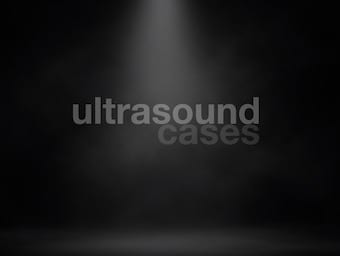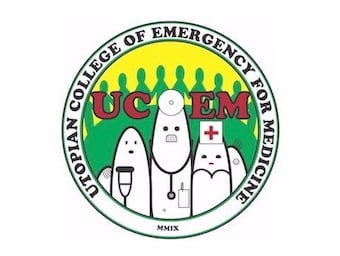
Stress Induced Hyperglycaemia
Stress Induced Hyperglycaemia (SIH) is transient hyperglycaemia associated with acute illness
resolves with resolution of the underlying critical illness

Stress Induced Hyperglycaemia (SIH) is transient hyperglycaemia associated with acute illness
resolves with resolution of the underlying critical illness

A 53 year old woman presents with abdominal pain. She has had recurrent bowel obstructions and left this 24 hours before presenting hoping it would settle. You scan her abdomen.

Adenosine: short acting anti-arrhythmic; naturally occurring purine nucleoside. Epression of SA & AV nodal activity; antagonises cAMP-mediated catecholamine stimulation of ventricular muscle

Questions 19.1. To evaluate a new biomarker as an early index of infected pancreatic necrosis, you perform the measurement in a consecutive series of 200 critically ill patients with pancreatitis. You find that 100 of these patients had subsequently proven…

You are supervising a registrar who suffers a needle stick injury during the insertion of a central line in a patient with a history of intravenous drug use. Outline your approach to this problem.

Funtabulously Frivolous Friday Five 116 - Just when you thought your brain could unwind on a Friday, some medical trivia FFFF.

A patient in early pregnancy presents with pelvic pain and heavy vaginal bleeding. She has been bleeding heavily over the last hour. She tells you she had an ultrasound 2 weeks ago, at 5 weeks gestation which showed an intrauterine pregnancy, but was too early to detect cardiac activity.

The history of emergency medicine in Australia and New Zealand has paralleled developments in the United States, Canada and the United Kingdom, although the models of emergency care exhibit some variation between systems, and between institutions within these systems

Surrogate outcomes are biomarkers intended to substitute for a clinical endpoint and expected to predict clinical benefit or harm based on epidemiologic, therapeutic, pathophysiologic, or other scientific evidence

UCEM's Prof Staghorn investigates the unexplained disappearances of members of the Society for the Prevention of Surgery and follows his nose to the operating theatre toilets. eels that he needs a stick as big as Prof Stickler's carrot.

Question 12. A 68 year old man had both legs trapped under a heavy concrete slab for 4 hours. He has just been admitted to the ICU, 8 hours post injury, following adequate resuscitation and definitive operative wound debridement. His…

Funtabulously Frivolous Friday Five 115 - Just when you thought your brain could unwind on a Friday, some medical trivia FFFF.